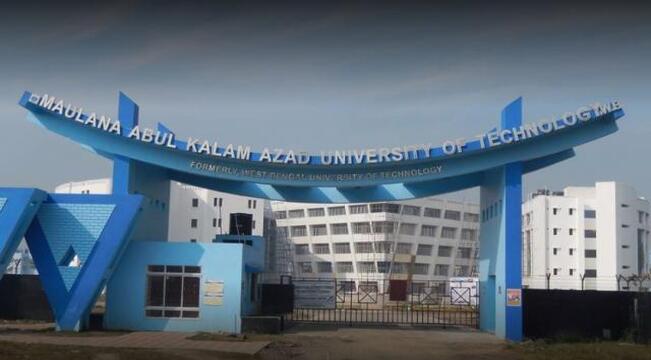New Delhi, August 26, 2020: The new National Education Policy (NEP) has announced some path breaking proposals that will change the face of education in the country. Some of the proposals like changing the 10+2+3 system and education in the mother tongue and a three language policy as also the merger of the AICTE and UGC are important landmarks.
However, there are plenty of areas in which the policy has either overlooked or has miserably fallen short. These are important areas in today’s context and needed to be looked into especially when technology is entering the field of education in a big way.
At a time when technology is increasingly becoming crucial for education, the policy recognises its importance. Yet there is no mention about the use of technology in schools beyond mention of three things: Gamification apps, online teacher training and smart class. Leveraging technology specifically for online teacher training is good. But the policy is not talking about technology in the schooling section. There should have been more thought on technology in classrooms which has become so relevant in today’s time and will become increasingly important and part of education going forward.
It is important to note that the use of technology and online and e-learning has assumed special significance in the aftermath of the COVID-19 pandemic. This has made development of digital and technology infrastructure a necessity for schools. The policy misses this important aspect.
The new policy lays emphasis on the private sector’s role in furthering education in the country. But there is a lack of attention to government schools which is required at the moment, especially in context of technology and e-learning. While private schools have invested in digital infrastructure and technology, very few government schools come even close to that level. The policy does not provide any solutions for government schools. Schools will also need to embrace Ed-Tech widely to avoid dissonance with higher education curriculum in the future.
There also seems a lack of focus on primary and secondary education. While the policy lays a lot of emphasis on higher education it does not talk much about primary and secondary education which is an important element and a foundation of children’s education. This is a very big gap in the policy.
Despite the emphasis on higher education, there is an under-supply of quality education especially at the higher education level. Today 26 percent of Indians go for higher education. The target is to double it by 2035 but the roadmap or supply has not been defined making it uncertain as to how this will be achieved.
An important area where the policy falls short is in the funding of education. It talks about allocating 6 percent of the GDP for education. This is too small when compared to most developed countries who spend as much as 20 percent of their GDP on education. Also, at a time when a lot of funding is required to build up digital infrastructure and technology infrastructure in schools, this allocation looks too small and inadequate.
For the first time, vocational studies have been brought into mainstream education in the policy. However, the NEP fails to define a roadmap for vocational studies beyond school and in the higher education level. Its road ahead is not defined. About 280 million job hopefuls are expected to enter the job market by 2050 and they would need to learn new-age skills. In this scenario, a clear roadmap for vocational studies beyond schools was required. This was not provided.
One of the major complaints in every sector is in implementation of proposals. The NEP also falls into that trap. The policy, despite announcing many proposals, fails to provide an implementation plan for these. There is no roadmap for implementation of its proposals. Without that the policy will not fulfil its purpose. Implementation by PPP has also not been included.
The proposal for interdisciplinary approach has been borrowed from developed countries and is a good thing. However, in India it cannot be applied to all institutions especially the specialised institutions for engineering, medical and management.
The policy also talks about creation of physical infrastructure for education. But augmenting infrastructure needs a rethink. There is enough infrastructure available that is redundant and can be repurposed for education purposes instead of adding new infrastructure. Investment in the digital infrastructure is the need of the hour but not much thought has been spent on that.
The new policy talks about three language education which is a good move. Yet again, there is no clarity over its implementation. Taking it to all states may pose huge implementation issues and some states like Tamil Nadu and Kerala may have problems with it and may oppose this. The interplay between the centre and states will be difficult. Additionally, the availability of e-content in regional languages needs to be made mandatory to ensure inclusivity.
Corporate Comm India (CCI Newswire)






























